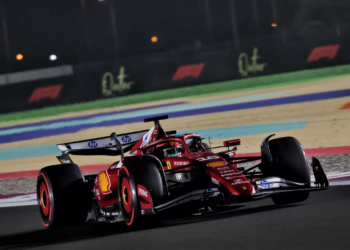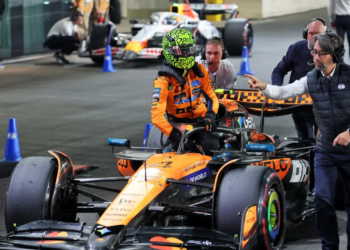Mercedes technical chief James Allison says tyre preservation has been a key focus in the development of its W10, after occasional troubles in 2018.
Mercedes remained ahead of the pack through last year to clinch a fifth successive Constructors’ Championship, with Lewis Hamilton taking a fifth world title.
But its rear-tyre wear was often worse than direct opponents Ferrari and Red Bull, a problem that hindered its prospects at some races, most notably in Mexico.
Allison is hopeful that inherent traits in the W09 have been ironed out to avoid a repeat with the W10, which was launched on Wednesday.
“The handling of the W09 was a big improvement over the rather idiosyncratic W08,” he said.
“We managed to be competitive at tracks which had plagued us in recent years.
“However, notwithstanding this improvement, we were still not as good as some of our competitors at preserving the performance of the rear tyres.
“We have worked hard on the suspension and aerodynamic characteristics to deliver a car that will be much kinder to its tyres – enough, we hope, to allow us to be competitive at all phases of the race and at each track on the calendar.
“Even though the minimum weight limit was lifted by 10kg for 2019, weight reduction remains a real challenge on the current generation of F1 cars.
“Components that we felt were stripped to the bone in 2018 have been taken, one by one, and subjected to a further round of aggressive analysis to shave further weight from them.
“Some components surrender what feels like a giant step of half a kilo, others just a few grams, but collectively each of these victories add up to a handful of kilos that have been invested back in the car on aerodynamics, suspension and power unit to bring performance.”







Discussion about this post